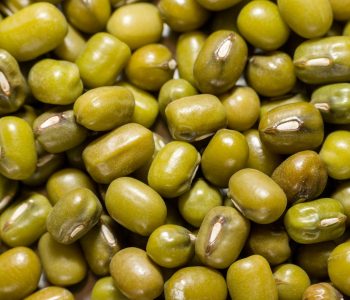The UPA and the CSIC discussed the possibilities of intercropping in Spain during a meeting for the Leguminose project.
A meeting took place on September 11th, as an integral component of the Leguminose project. This gathering was orchestrated by the UPA (Union of Small Farmers and Ranchers) and the CSIC (Spanish National Research Council). The primary objective of both organizations was to assess the advantages and obstacles associated with intermixing different crops within a single field.
This session deliberated on the use of intercropping, a technique defined by the UPA as:
“…a crop association that can help farmers address significant challenges, such as adopting soil-friendly practices to prevent erosion, achieving adequate yields while reducing input costs, and expanding crop rotations to enhance weed control.”
Therefore, intercropping involves cultivating more than one type of crop in the same field. In the case of the Leguminose Project and the topic discussed during the UPA and CSIC meeting, it involves cultivating legumes and cereals in the same area.
Leguminose Project
The Leguminose project has a global reach and advocates for the intercropping technique as a means to enhance soil quality. Additionally, it seeks to bolster biodiversity, improve productivity, and diminish the reliance on synthetic fertilizers while reducing the carbon footprint associated with conventional agriculture.
- On one hand, the UPA is responsible for coordinating activities related to on-farm laboratories and communication regarding Leguminose activities within the Spanish territory.
-
On the other hand, the CSIC is committed to securing resources to conduct 20 field trials in Spain.
Findings from the session
To begin with, it was determined that the positive aspects of the studied practice, specifically intercropping in Spain as part of the Leguminose Project, include “advantages in soil management, erosion prevention, and the reduction of the input-to-output ratio.”
Similarly, it was observed that Spain’s limited rainfall “would hinder this technique in rain-fed agriculture.” Likewise, it was noted that “the commercial marketing of the product after harvesting, the crop orientation (forage or grain), the challenges related to weed control, the selection of varieties and their vegetative cycles, and the difficulties regarding the machinery needed for these tasks” constitute negative aspects of the technique.
You may also like to read: “The USDA lowers its global soybean production estimate”
